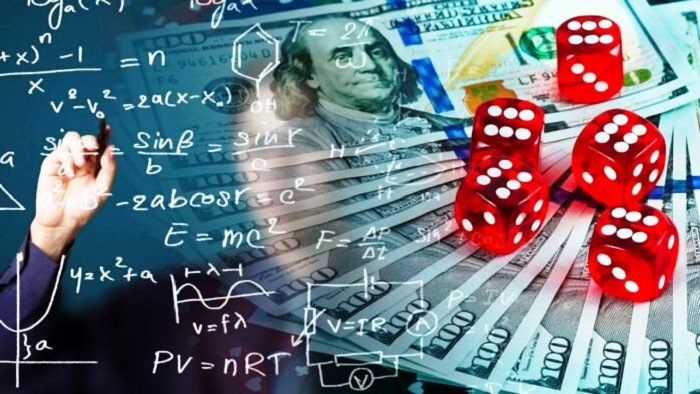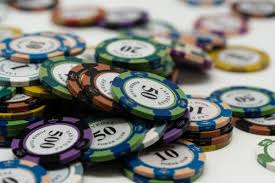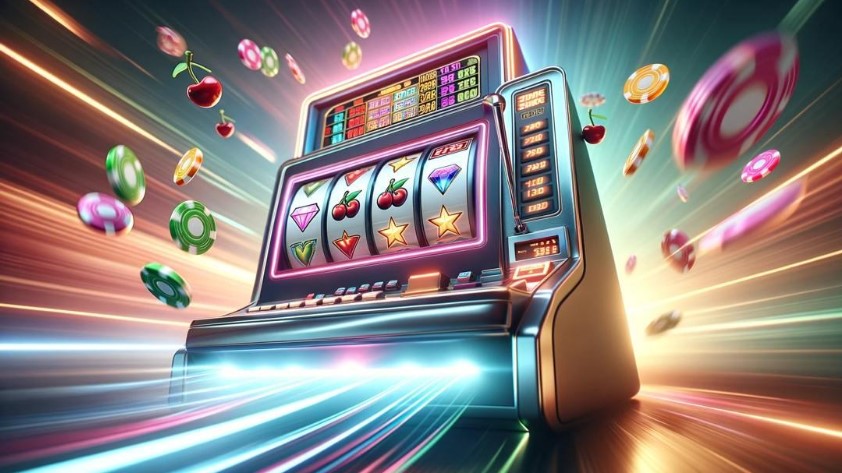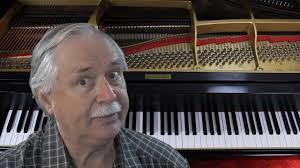Many people sit down in front of a casino game believing that luck is the only factor that matters. They assume each spin is nothing more than chance, a coin toss with flashing lights. But behind every outcome lies a precise mathematical structure built to control the rhythm, frequency, and size of wins. Understanding the math behind these games can completely transform the way you play. It reveals why some machines pay more often than others, why payouts vary so greatly, and how casinos always remain profitable in the long run. While luck influences short term results, it is the math that defines the long-term behavior of every machine.
The Birth of Mathematical Design in Early Machines
In the earliest days of mechanical gaming, outcomes were determined by simple physical components reels, gears, and levers. Each symbol had an equal chance of appearing, and the number of possible combinations was limited by the number of symbols on each reel. Although early players didn’t know it at the time, these machines were governed by basic probability. The likelihood of hitting a winning combination could be calculated by multiplying the number of reel positions. Manufacturers soon realized they could control how often wins occurred by adjusting the distribution of symbols. This was the beginning of mathematical design in gaming. Even without computers, developers learned to manipulate probability to balance entertainment and profitability.
How Probability Shapes Every Spin
At the core of every outcome is probability the chance that a particular combination will appear. In traditional mechanical devices, if each reel had ten positions and one jackpot symbol, hitting three slot jackpot symbols meant a 1 in 1,000 chance. As technology advanced, machines began incorporating more symbols and more reel positions, dramatically increasing the total number of combinations. Modern digital gaming uses virtual reels, allowing developers to create thousands or even millions of possible outcomes. The result is a complex system where the probability of each combination is weighted intentionally. Some symbols appear more often to create frequent small wins, while others appear rarely to deliver large payouts. Every spin is independent, but the math carefully controls the overall payout pattern.
RTP Understanding Long-Term Payouts
One of the most important mathematical concepts in gaming is RTP, or Return to Player. It represents the percentage of total wagers a machine is designed to pay back over time. For example, an RTP of 96% means that, on average, the machine will return $96 for every $100 wagered over thousands of spins. This does not mean players will always get that money back in a single session. Instead, RTP is calculated over a massive number of outcomes to ensure statistical accuracy. It is the mathematical assurance that the game behaves as intended. Casinos rely on RTP to guarantee profitability, while players can use it to choose games with more favorable payouts. The higher the RTP, the better the long-term chances yet surprisingly few players consider this number when choosing a machine.
Why the House Always Wins in the Long Run
Mathematically, every game is designed with a built-in house edge. This is the percentage advantage the casino has over players. If a game has a 96% RTP, the remaining 4% is the house edge. While players can experience winning streaks in the short term, the house edge ensures the casino profits over time. This does not mean players cannot win many do but consistent profit requires an understanding of how probability and house edge interact. By recognizing that the game is structured around long-term averages, players can set realistic goals and avoid the misconception that persistence alone leads to victory. Luck may influence individual outcomes, but math guides the overall direction.
Hit Frequency and Volatility The Rhythm of Wins
Two mathematical concepts that dramatically affect gameplay are hit frequency and volatility. Hit frequency measures how often a player experiences a win of any size. High hit frequency means frequent, small rewards. Low hit frequency means longer dry spells between wins. Volatility describes the size and distribution of those wins. Low volatility brings many small payouts, while high volatility offers rare but much larger prizes. Both elements are carefully controlled through math. A game with high hit frequency and low volatility stretches a bankroll further but rarely produces big wins. A game with low hit frequency and high volatility is thrilling but risky. Players who understand these mechanics can choose games that fit their budget and personality instead of relying on guesswork.
The Misconception of Due Machines
One of the most common myths in gaming is the belief that a machine becomes due for a win after a losing streak. This misconception ignores one of the most vital mathematical truths independence of events. Modern machines use random number generation to produce independent outcomes. This means each spin has no memory. Whether the previous 20 spins were wins or losses, the probability remains unchanged. Many players lose money chasing patterns that do not exist. Understanding independence protects against emotional decisions and prevents the dangerous behavior of increasing bets out of frustration. Math teaches that past results have no influence on future outcomes.
Bankroll Management Applying Math to Real Play
Mathematics isn’t only built into the machine it must also be applied by the player. Bankroll management is the practical use of probability to extend playtime and reduce losses. A player who knows the average number of spins per hour and the likely hit frequency can calculate how long their money will last at a certain bet size. Adjusting bet size according to volatility can help survive losing streaks long enough to benefit from winning cycles. Players who plan mathematically are less likely to go broke and more likely to walk away with profit. Mastering the numbers transforms the game from blind luck to controlled strategy.
The Future of Mathematical Gaming
As technology advances, math is becoming even more deeply integrated into game design. Developers use complex algorithms to create balanced experiences with engaging features and fair outcomes. Future games may allow players to choose their own volatility or customize their payout style. Artificial intelligence could analyze player behavior to adjust game difficulty while preserving fairness. Despite these innovations, the foundation remains the same probability, RTP, volatility, and randomness. The better a player understands these principles, the more effectively they can adapt and succeed.
In Summary
The math behind gaming is not a secret, it is the blueprint that defines every spin, every payout, and every long-term result. Probability shapes combinations, RTP dictates returns, volatility controls excitement, and independence ensures fairness. Players who ignore math depend solely on luck, but those who study it gain clarity, control, and confidence. To improve your game, you don’t need to become a mathematician, you simply need to understand how the numbers guide the experience. In the end, success is not just about spinning the reels, it is about knowing the system that drives them.













